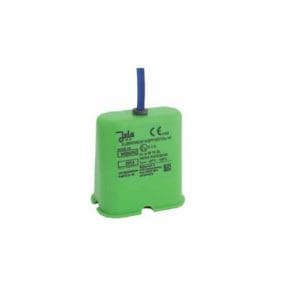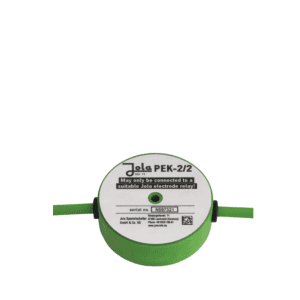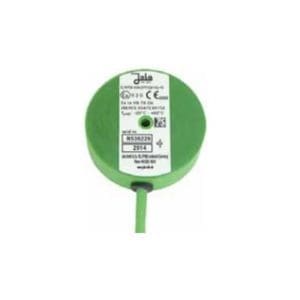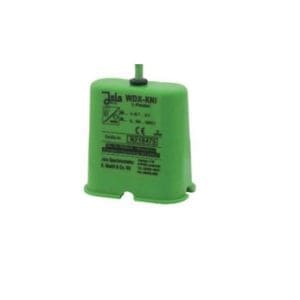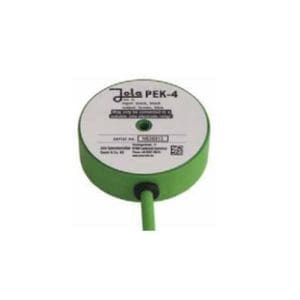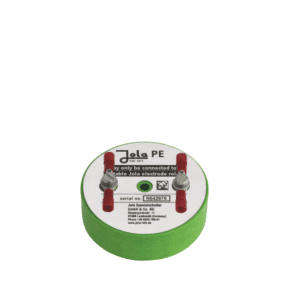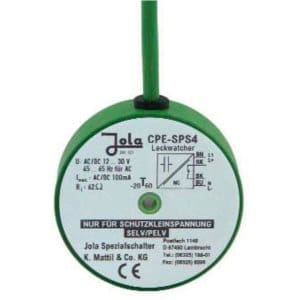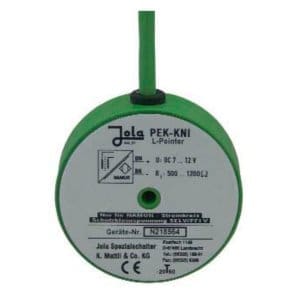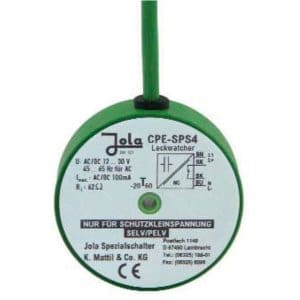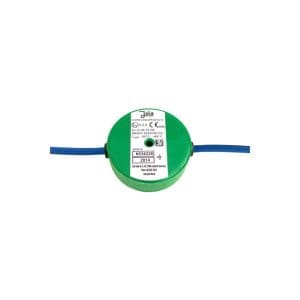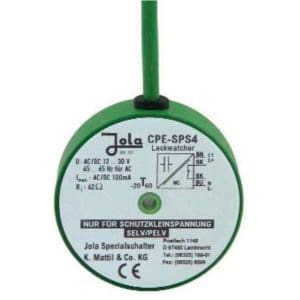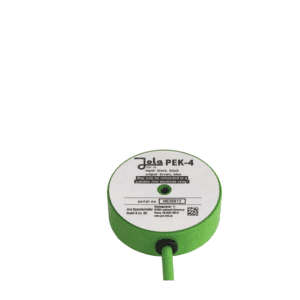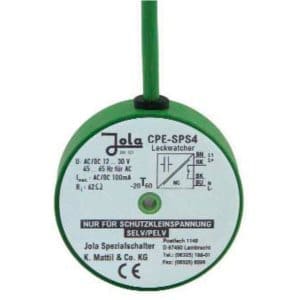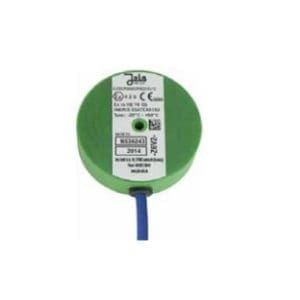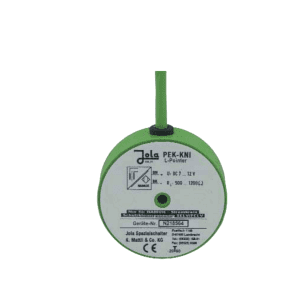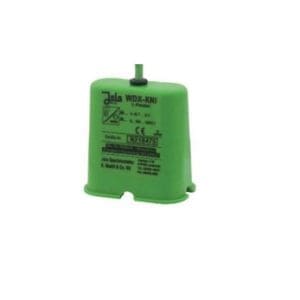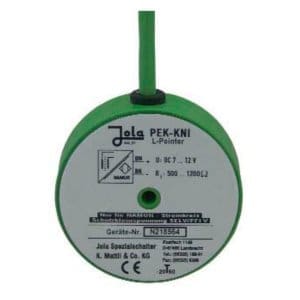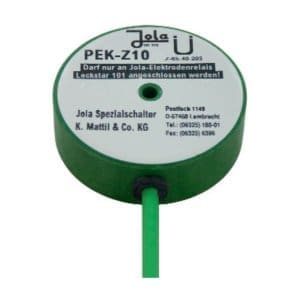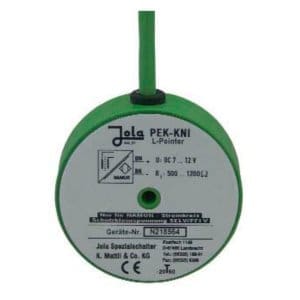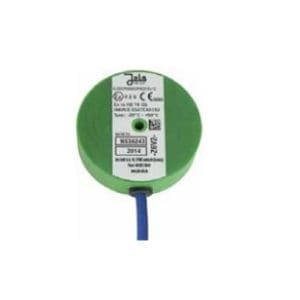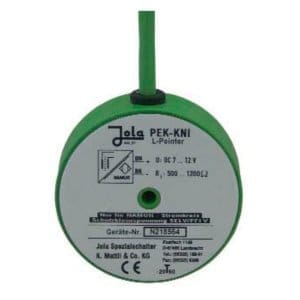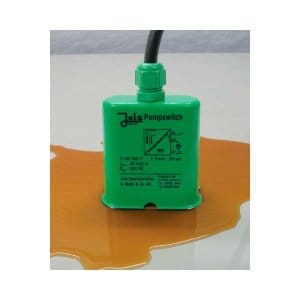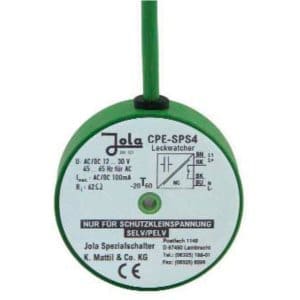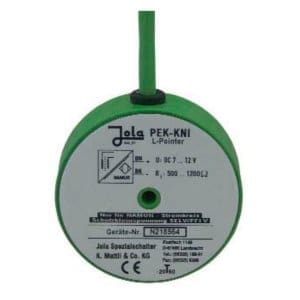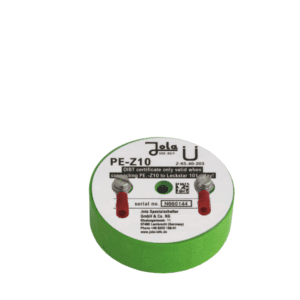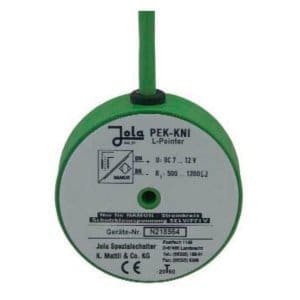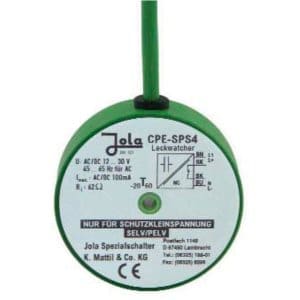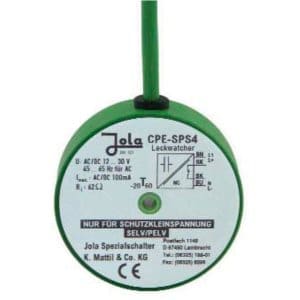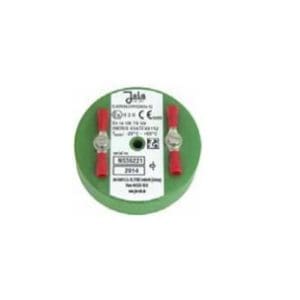CPE-LS4/A JOLA floor electrode
Po naročilu. Pošljite povpraševanje.
Delivery time: okvirno 2 tedna
- design: leak detector with relay output
- Housing: PP and cast resin
- electrical connection: 4-wire connection via a 4 x 0.75 connecting cable 5 m long, on request: longer, without halogen
- Energy consumption: approx. 0.5 VA
- temperature range: – 20 °C to + 60 °C
Description
The CPE-LS4/A JOLA floor electrode signals via an electrode relay the presence of a liquid medium due to, for example, a burst pipe. Floor electrodes are designed for use in dry rooms.
CPE-LS4/A with integrated galvanic isolation:
- prevents the electrode circuits from interfering with each other
- prevents the formation of earth loops when more than one detector is connected to a common power supply circuit.
Capacitive plate sensors CPE -… must only be used in normally dry environments. They must be installed on the ground with the sensor side facing down and the label facing up.
Each capacitive panel sensor of type CPE -… is equipped with two round PCBs with gold-plated conductors with concentric strips. The rings as screening electrodes and the rings as measuring electrodes form 1 detection capacitor on the PCB. For symmetry reasons, there are two such capacitive sensing elements. As soon as a non-conductive liquid comes into contact with the rings and spaces of one or both of the capacitive sensing elements, the capacitance between the electrodes shall change and the switching state of the leak detector shall also change. If a conductive liquid is present, the rings of the capacitive sensing element are conductively bridged, which also results in a change in the switching state of the leak detector.
Capacitive measurement principle
The capacitive measuring principle is mainly used to detect electrically non-conductive (insulating) liquids, but can also be used to detect electrically conductive liquids.
Electrically non-conductive liquids are usually organic liquids, similar to oils and solvents. The electrode assembly is a capacitor and the dielectric is air or liquid. The dielectric constant of air is 1. The dielectric constant of the liquid to be detected is higher. For our capacitive sensors, the dielectric constant must be greater than 2 (CPE type) or 1.8 (OWE and COW type).
The capacitive leak detector recognises a change in the dielectric constant of the measuring capacitor and an alarm signal is triggered. The design of the measuring capacitor allows direct mounting on the ground and generally excludes the possibility of interference effects due to different substrates. The capacitive leak detector shall have an integrated electronic evaluation unit with galvanically isolated circuits. This prevents sensor circuits from interconnecting and forming earth loops if more than one of these leak detectors is connected and where the fluid detected is conductive.
Features of the CPE-LS4/A
- design: leak detector with relay output
- sensing capacitors: 2 round PCBs with gold-plated conductors with concentric strips form 2 sensing capacitors
- Housing: PP and cast resin
- electrical connection: 4-wire connection via a 4 x 0.75 connection cable 5 m long, on request: longer, without halogen
- supply voltage: only for connection to extra low voltage SELV or PELV! (see datasheet)
- Energy consumption: approx. 0.5 VA
- Output: potential-free contact of operating current (NO) (see datasheet for details)
- switching condition without supply voltage: output relay de-energised, output contact closed
- switching condition both sensing capacitors not activated: output relay de-energised, output contact open
- switching state of one or two sensing capacitors activated: output relay de-energised, output contact closed
- galvanic isolation: only for connection to extremely low voltage SELV or PELV! voltage resistance> 500 V between capacitor circuit, supply circuit and output circuit
- max. no-load voltage across the sensing capacitors: 5 Veff 40 kHz (safety extra-low voltage SELV)
- max. short-circuit current on sensing capacitors: 0.2 mA
- min. dielectric constant of the liquid to be detected: 2.0
- temperature range: – 20 °C to + 60 °C
For more technical information, please refer to the datasheet attached under the Documentation tab.
CPE-LS4/A use case: fuel oil leak detection
Povpraševanje
You may also like…
For your victories, with our solutions. Call us:
Contact us.
Call us:
+386 (0)2 62 96 720
Email us:
[email protected]



